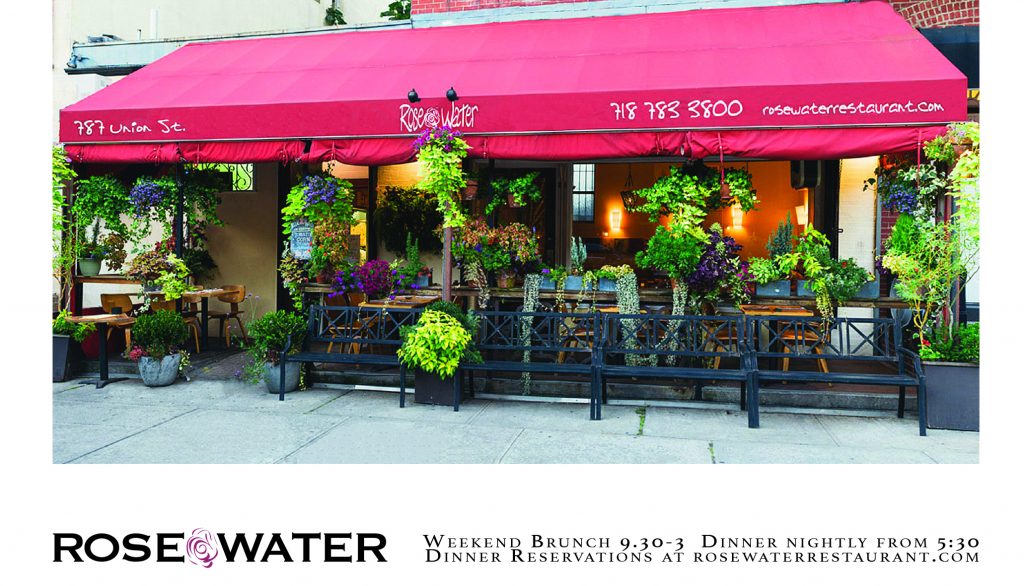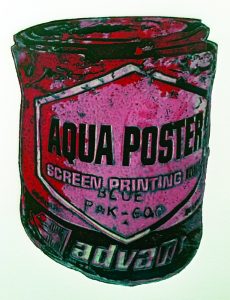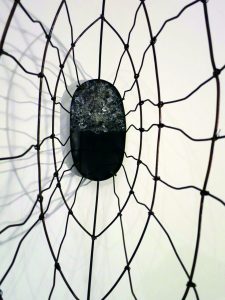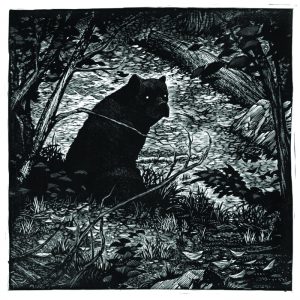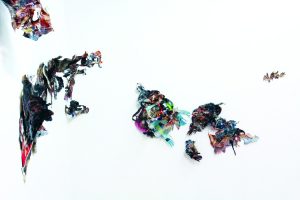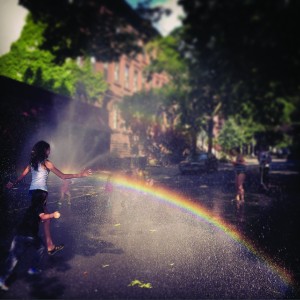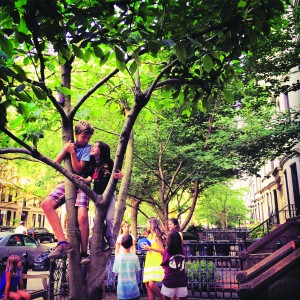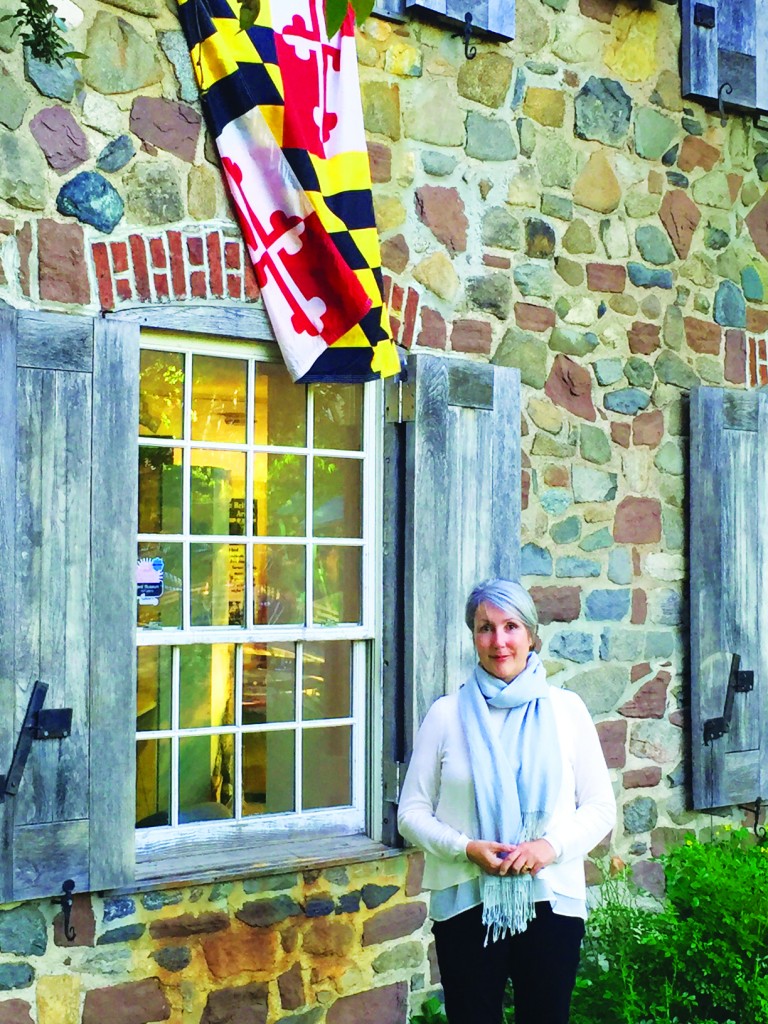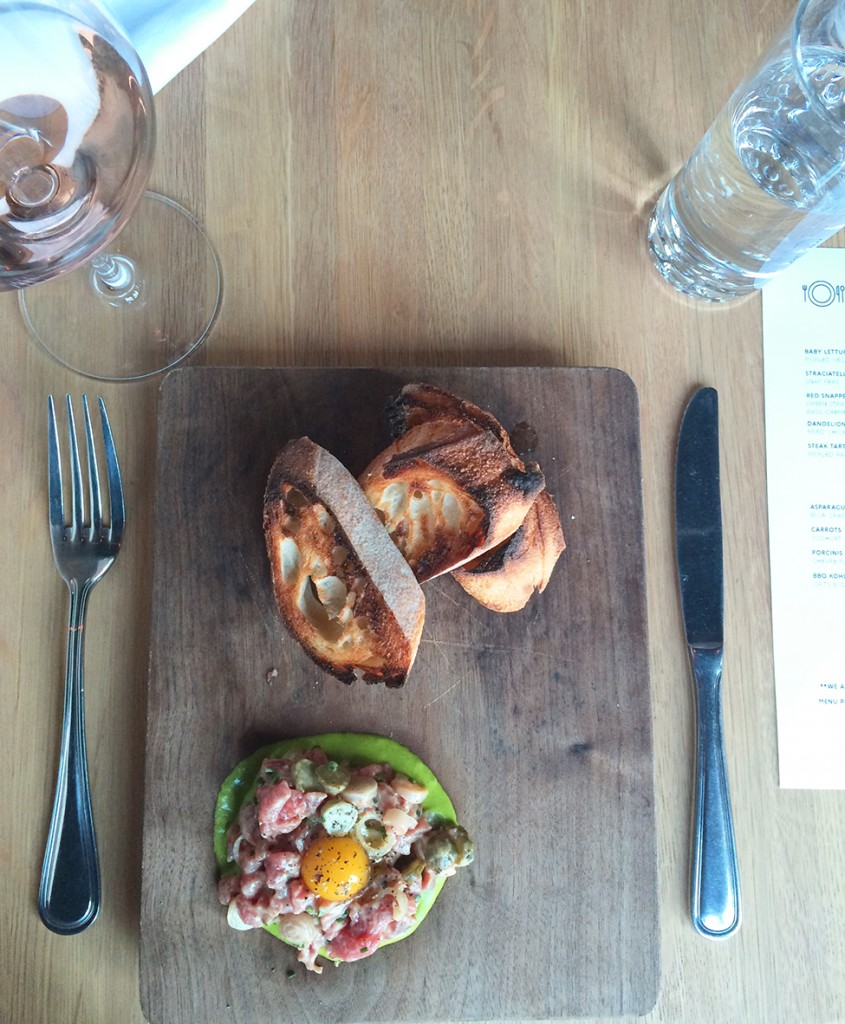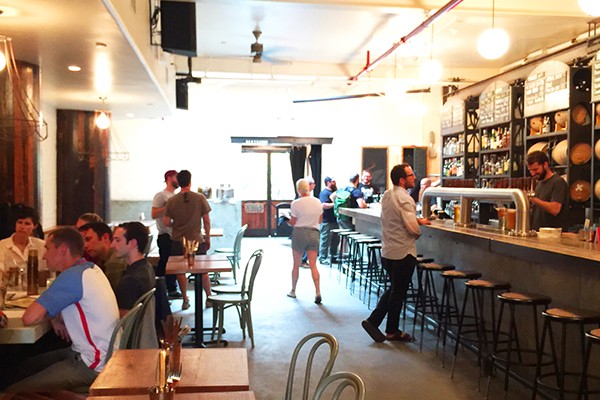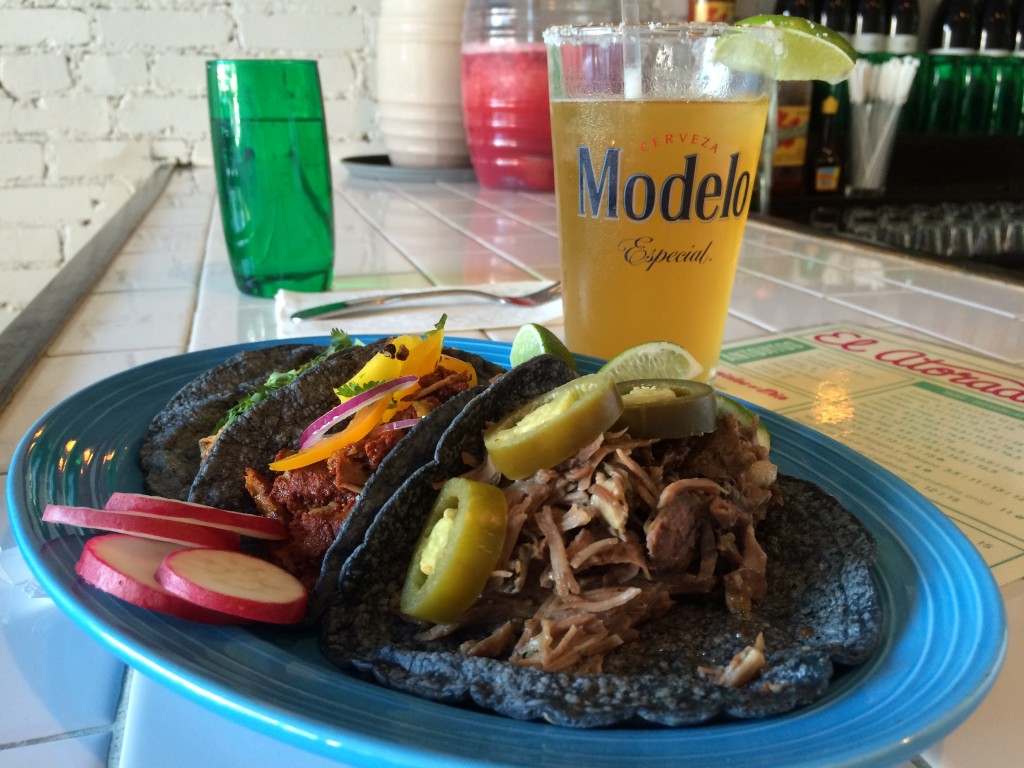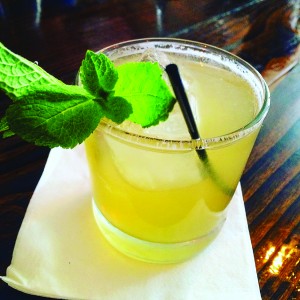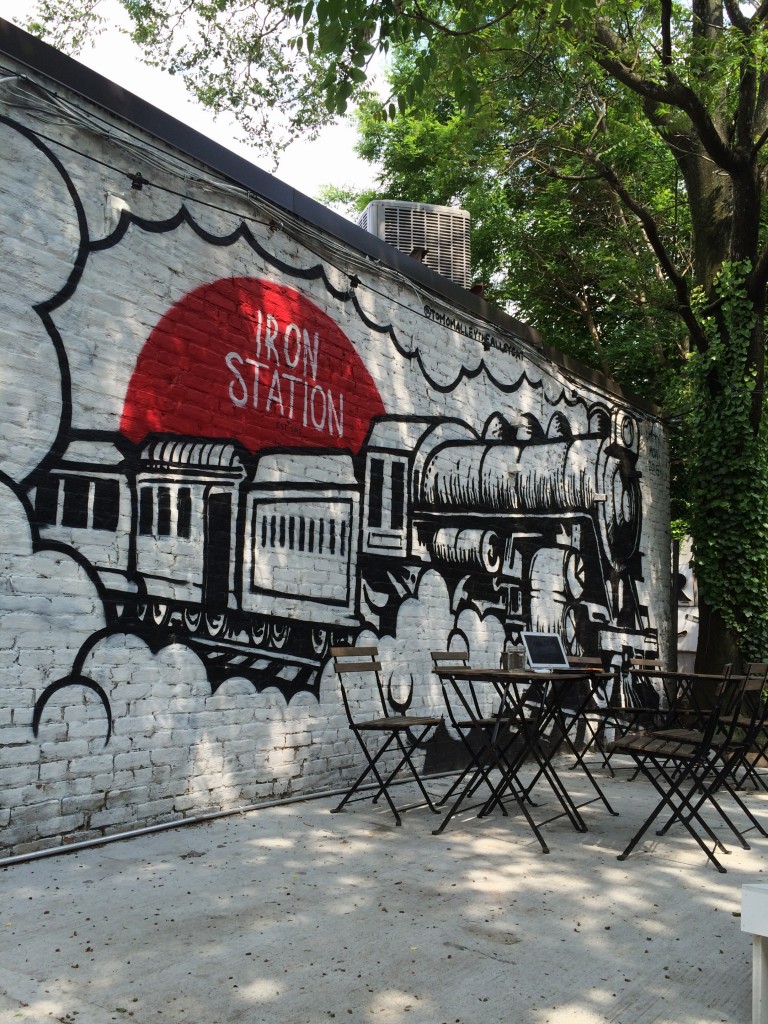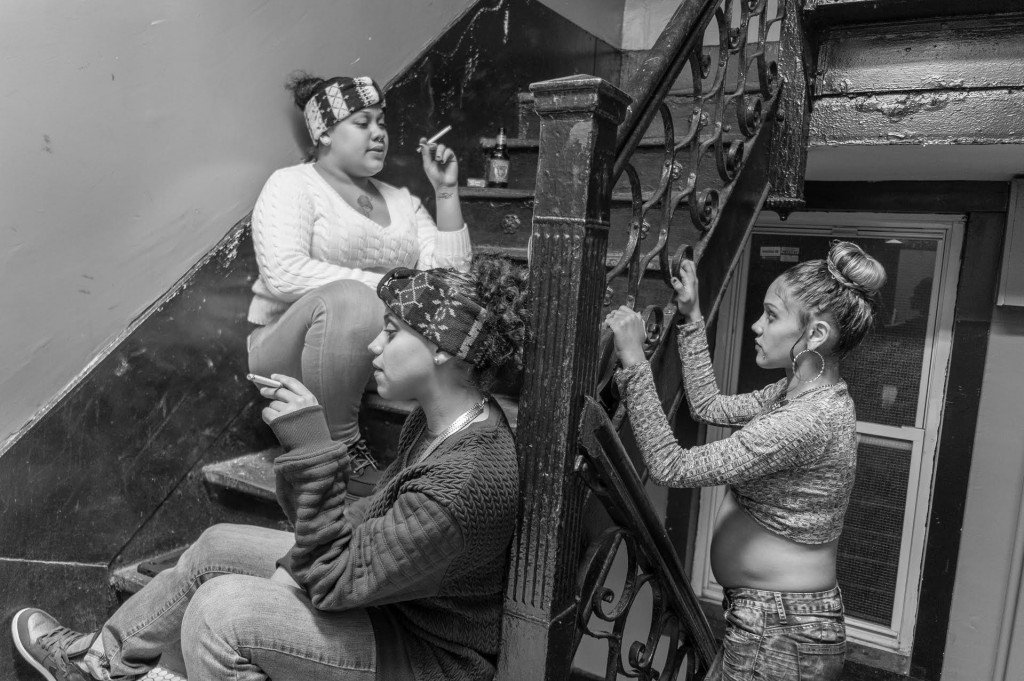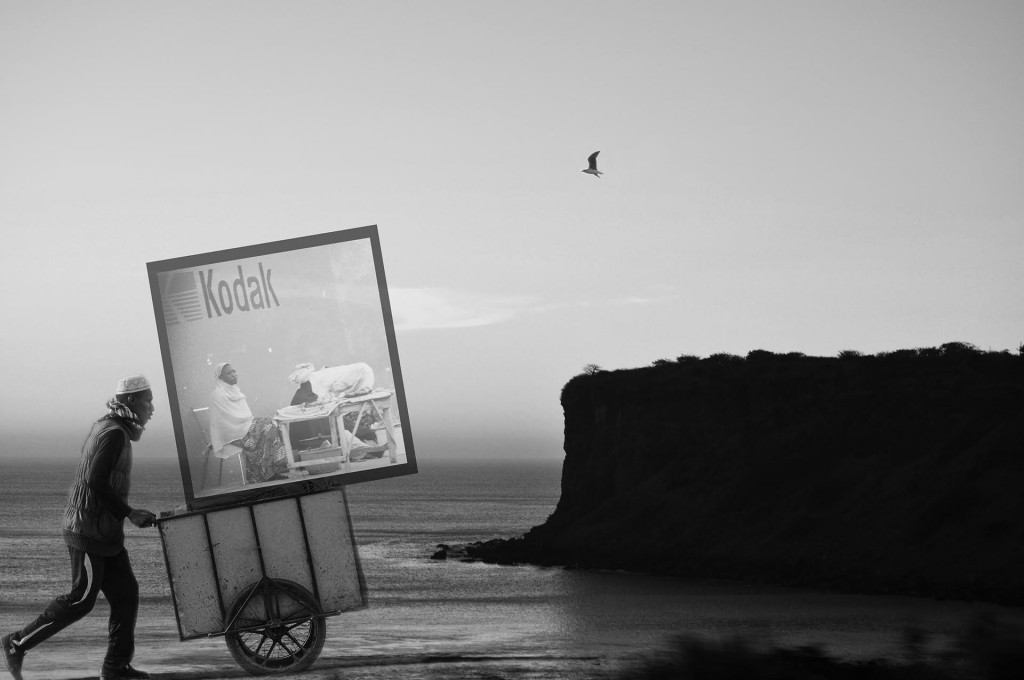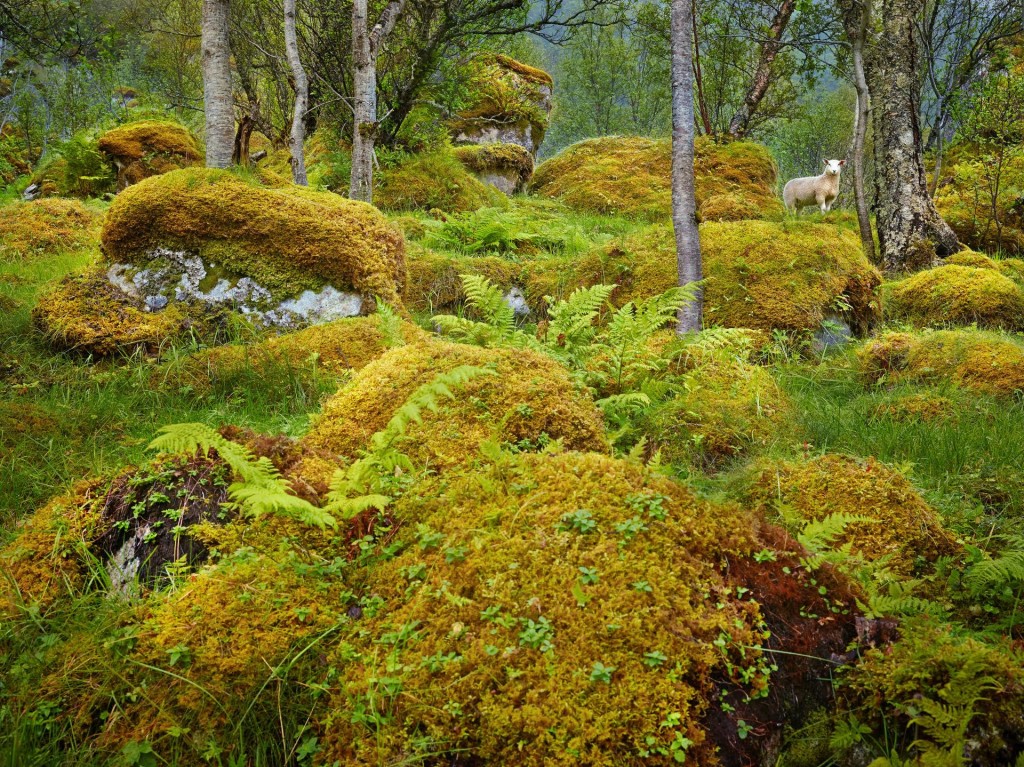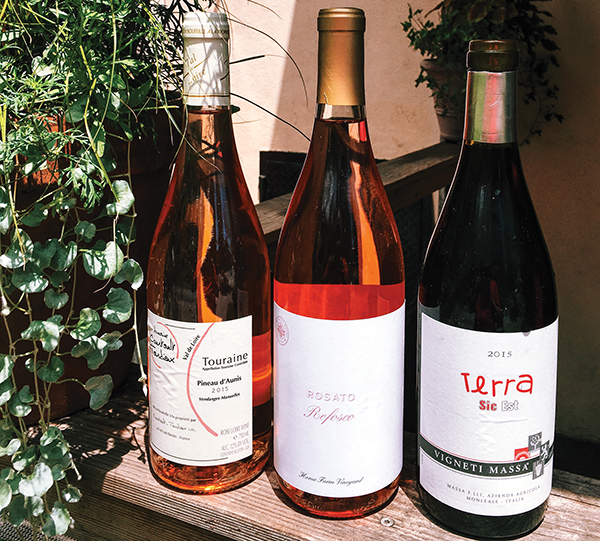Attending summer camp is a memorable rite of passage. Whether it’s in the form of a weeklong sleep away adventure, or a daytime activity program, the camp experience comes with memories that can last a lifetime.
Camps today are metamorphosing to keep up with modern innovations. Although some stick to the tried and true values of physical activity, learning, and friendship building, there are now more specific concentrations to be found at all levels and on all kinds of different subjects. Whatever a child’s best interest, there is likely a summer camp centered around it. Evolutions in the summer camp have come to include everything from rock and roll to rock climbing, science experiments and media production.
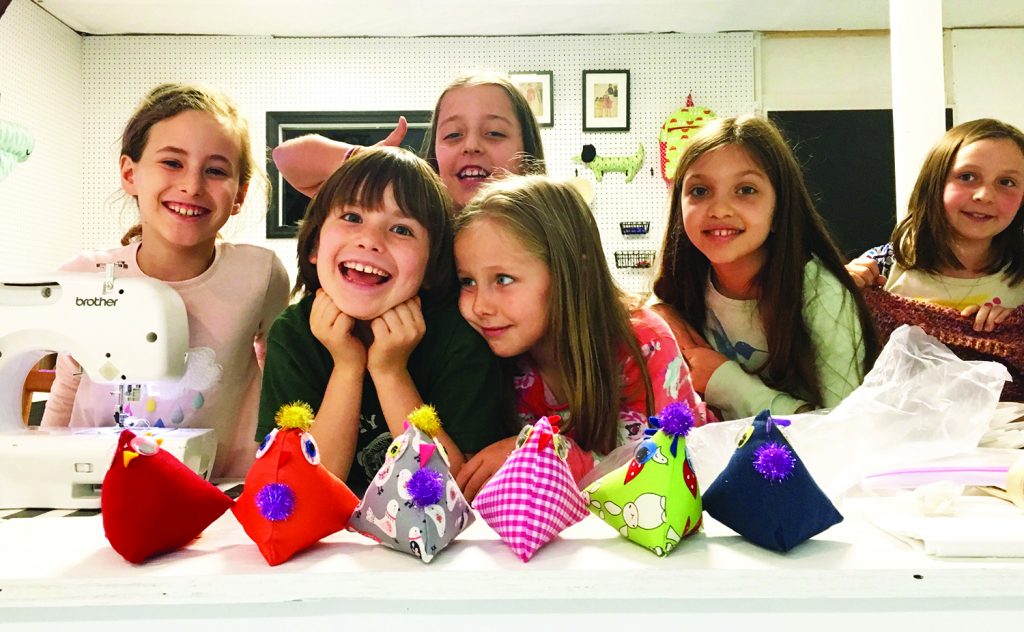
New York City is the locale with some of the most extensive options, and kids will really have their pick when it comes to the classic or innovative camps when summer begins. Some standouts taking place this summer include Brooklyn Sewcial, which offers week-long creative programs focusing on interesting projects like fashion design, pottery, and art, and The Co-op School, which also fosters curiosity and learning through music, movement, fine arts, literature and science. Other camps are more academic minded but still take place in an enjoyable atmosphere, like Mathnasium, which has a unique program helping kids to keep their math skills strong throughout the summer. It includes no homework, quizzes or tests, and the focus is simply learning math while having fun.
Kim’s Kids Club is a Park Slope area summer program for kids, where they can just be kids. Daily activities include beach trips, rock climbing, and hiking. This program also offers flexible scheduling, meaning kids can attend for as little as three days per week, or as much as a six week camp.

Another advantage of living in a large city center is that often professionals are brought in for extra enrichment, and field trips can include visits to world-class art galleries and museums. For budding thespians and musicians, there are several options. For acting, there is Brooklyn Acting Lab which offers weekly immersive theatre programs, which incorporate play, games, art and music into each day. There is also Piper Theatre Productions, another notable opportunity where kids create full-scale outdoor theatre productions in Old Stone House and Washington Square. For this program, there are options for week-long acting camps, as well as four-week theatre and musical theatre workshops. Gowanus Music Club also offers lessons in rock music, where kids can experience recording sessions, playing in live performances, and find the joy of being in a band.
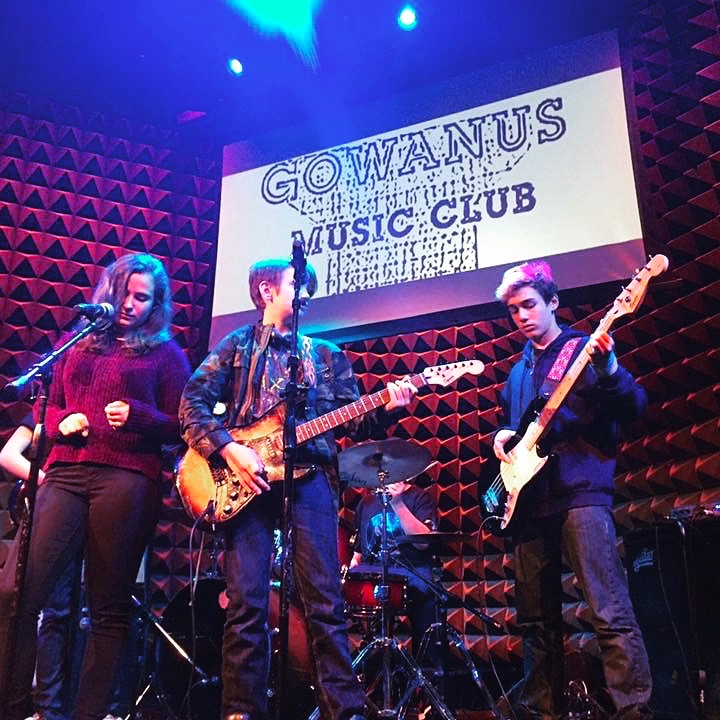
For cultural adventures, there is the aptly named Brooklyn Cultural Adventures Program whose 2017 theme is ”More than Meets the Eye: Uncover the incredible world around you.” This camp includes visits to cultural institutions, games, challenges, and tours focusing on everything from art and literature, to nature and science. Children are welcome from across the city, country, and world for these programs. Speaking of adventures, Brooklyn Boulders was hailed by Vogue as the “Best workout in Brooklyn.” With 22,000 square feet of climbing surface and with locations in New York, Boston, and Chicago, campers will find an unconventional experience to engage their imaginations and push them to their physical potential.
There are also camps focusing on different aspects of a child’s development, including religious traditions. Jewish Community House of Bensonhurst is a camp that quickly becomes a yearly tradition and important aspect of many campers lives. Their programs are known to promote close-knit relationships, explore the rich history of Judaism, and promote the social, emotional, and physical growth of each camper.
Stony Creek Farmstead, in Walton, upstate New York, offers a special experience for both campers and parents in a picturesque landscape. The farm is owned and operated by three generations of the Marsiglio family, and is known for their free-range and organic practices when it comes to meat and produce. The farm has luxurious platform tents, where many families from Brooklyn and Manhattan come stay and send their kids to the day camp while the adults can chill out or go antiquing. This year they are also offering an adult camp, workshops for adults, some running throughout the season and other mini workshops that will be offered during the kids day camp.
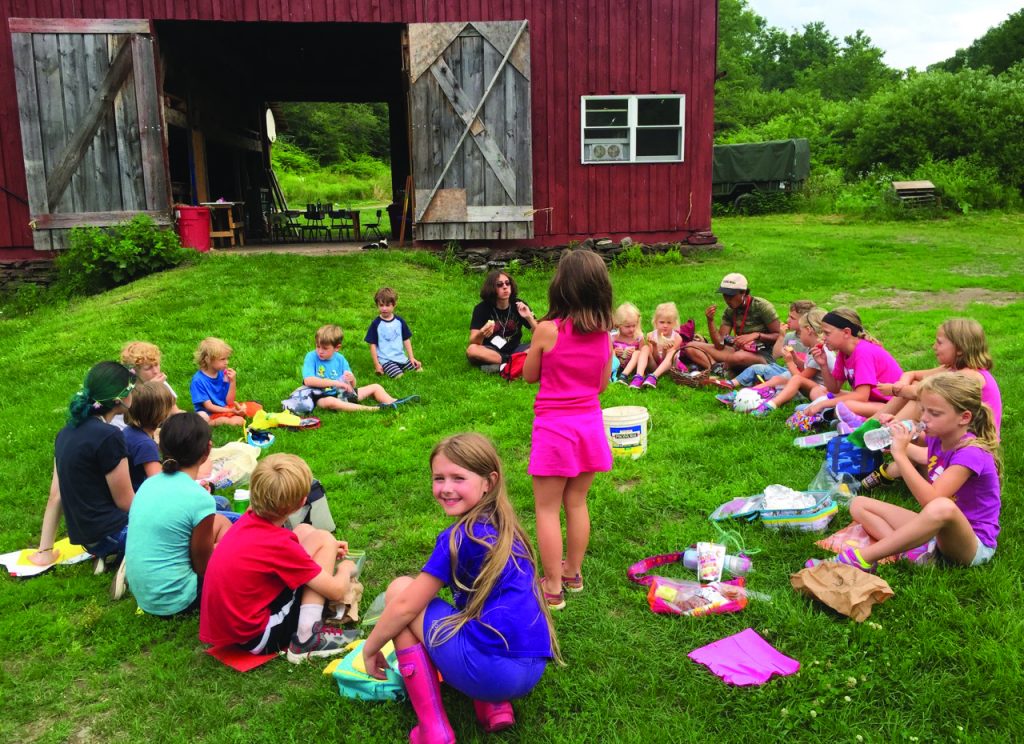
As a writer from the East Coast of Canada, I have had my fair share of summer camp experiences out in the New Brunswick wild. I didn’t necessarily focus on my writing skills at any camp I went to, though I might have been interested in that. Instead I followed my penchant for theatre and was keen for anything that could let me be creative. The embracing of my creative side developed the part of my brain that can imagine in many situations, including writing and creating stories out of thin air. While putting together the list of New York camps through my Canadian eyes, I understood that this is, of course, to be expected of the Big Apple; it has everything, even when it comes to summer camps. Kids can sign up to learn about almost anything including musical theater, art, or even their own religion or ethnicity. The amazing thing is there are camps to support kids in almost every facet of their lives and development, including their social, intellectual, artistic, and physical selves, with many focusing on developing the whole person, physically, mentally and spiritually. I think this is important — here’s why:
The time when the idea of summer camp is important is once in a person’s lifetime — more specifically, only at one major growth stage. At a certain point, you do grow up and are simply too old to go to summer camp and can only then participate as a camp counsellor (which could have its own merits and learning points). Seizing this opportunity while the time is right is a great idea. Being able to say you were a ”camper” means simply that you got to grow, you got to do things differently from during the school year, and you practiced making new friends, a skill that will likely stick around with anyone for a good long time. At the ‘camper’ point of development, we are at our most impressionable. Being in a summer camp can teach resilience, cooperation, and artistic or athletic abilities which leaves a lasting impact. Through these activities, kids find what they’re good at or who they really are. Having the freedom to just be a child — without any concerns or responsibilities away from the usual school schedule — means that kids can focus solely on fun, and this is when learning and development can become fluid, easy, and effortless.
During my own summer camp experience, I was able to learn a few things about myself I didn’t come to know during the school year. When put in a new situation with a bunch of kids, I was uneasy. Would I get to know all these people or even make friends with them? I was unsure, as I wanted to cling to my school-year friends. But people being people, we do each slowly learn to trust each other, and so did I. Suddenly the girl with the red hair and freckles had a name and a funny personality. Suddenly after about five days and nights of being away from parents, I didn’t feel like I needed them to tell me what to do quite as much. My routine was replaced by new traditions like meal hall, swimming, and canoeing, adoring older boy counselors, and sharing nightly snacks. As campers, we realized we could still thrive and develop, maybe more rapidly, in a different world where we all suddenly belonged.
For many, the hardest part of camp is the end, breaking up of the unique camp community leaving the now-familiar personalities, and saying good bye — at least until next summer.
A camper’s usual, everyday personality can be slowly broken open to reveal someone who is brave enough to try archery, bold enough to sing by a campfire, and passionate enough to belt out their team chants. A camper can grow to become someone who sleeps in a bunk bed, and knows how to tough out bugs and sunburns. Being at a summer camp, whether it’s for a day, overnight, or for a week-long sleep-away program, means that kids get the chance to be someone new. They get to live in a new environment or just experience a new situation, and to the best of their ability, thrive. Life is about growing up alongside and needing our parents, but camps allow children to experience life, no matter how long or how briefly, on their own. This can create a sense of self-knowledge and self-esteem that can create an important foundation for personal growth. Sure, campers may need to call home occasionally or even switch out of a camp which isn’t right. But having the chance to find a place to fit in and belong, that will be worth the time, the effort and the experience to grow. For as campers, we can be who we want to be without the adult worry of being who we’re supposed to be. That can be left until a later stage, and another time.

